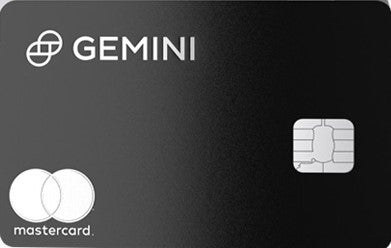Christy Rodriguez
Travel & Finance Content Contributor
89 Published Articles
Countries Visited: 36U.S. States Visited: 31
After having “non-rev” privileges with Southwest Airlines, Christy dove into the world of points and miles so she could continue traveling for free. Her other passion is personal finance, and is a cer...
Edited by: Jessica Merritt
Jessica Merritt
Senior Editor & Content Contributor
116 Published Articles 572 Edited Articles
Countries Visited: 4U.S. States Visited: 23
A long-time points and miles student, Jessica is the former Personal Finance Managing Editor at U.S. News and World Report and is passionate about helping consumers fund their travels for as little ca...
& Keri Stooksbury
Keri Stooksbury
Editor-in-Chief
49 Published Articles 3421 Edited Articles
Countries Visited: 50U.S. States Visited: 28
With years of experience in corporate marketing and as the executive director of the American Chamber of Commerce in Qatar, Keri is now editor-in-chief at UP, overseeing daily content operations and r...
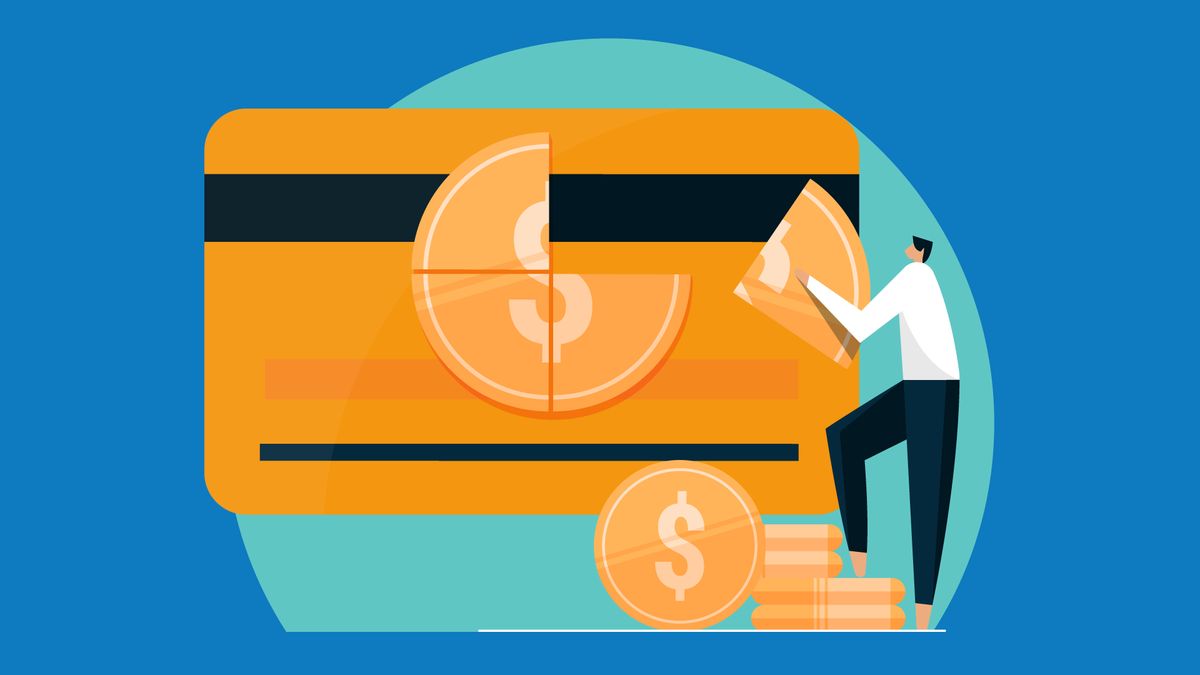
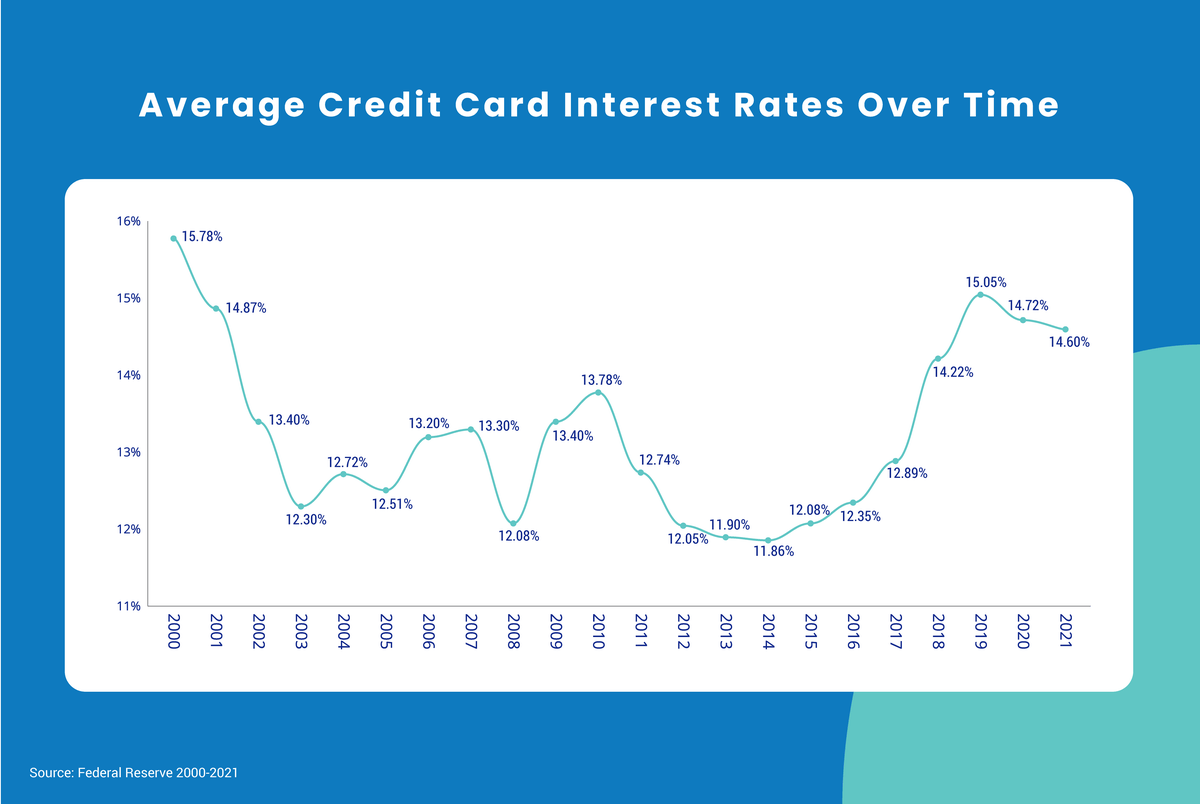
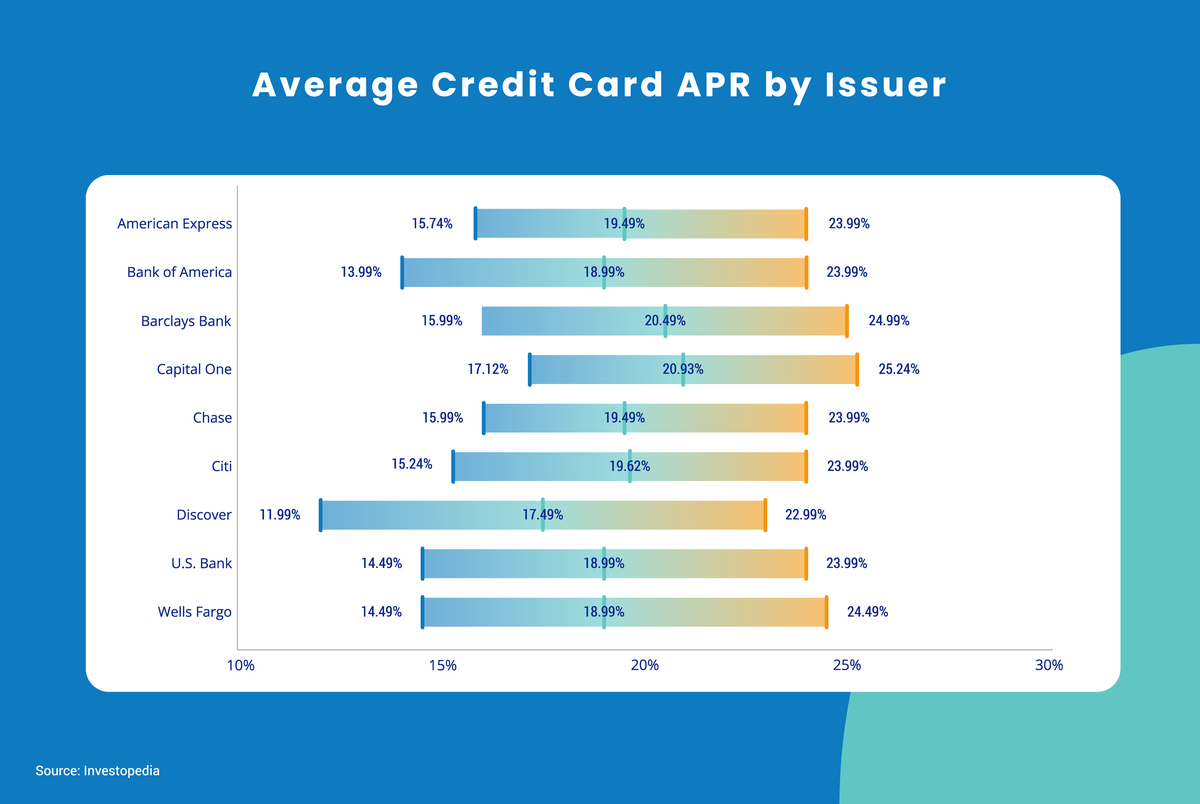
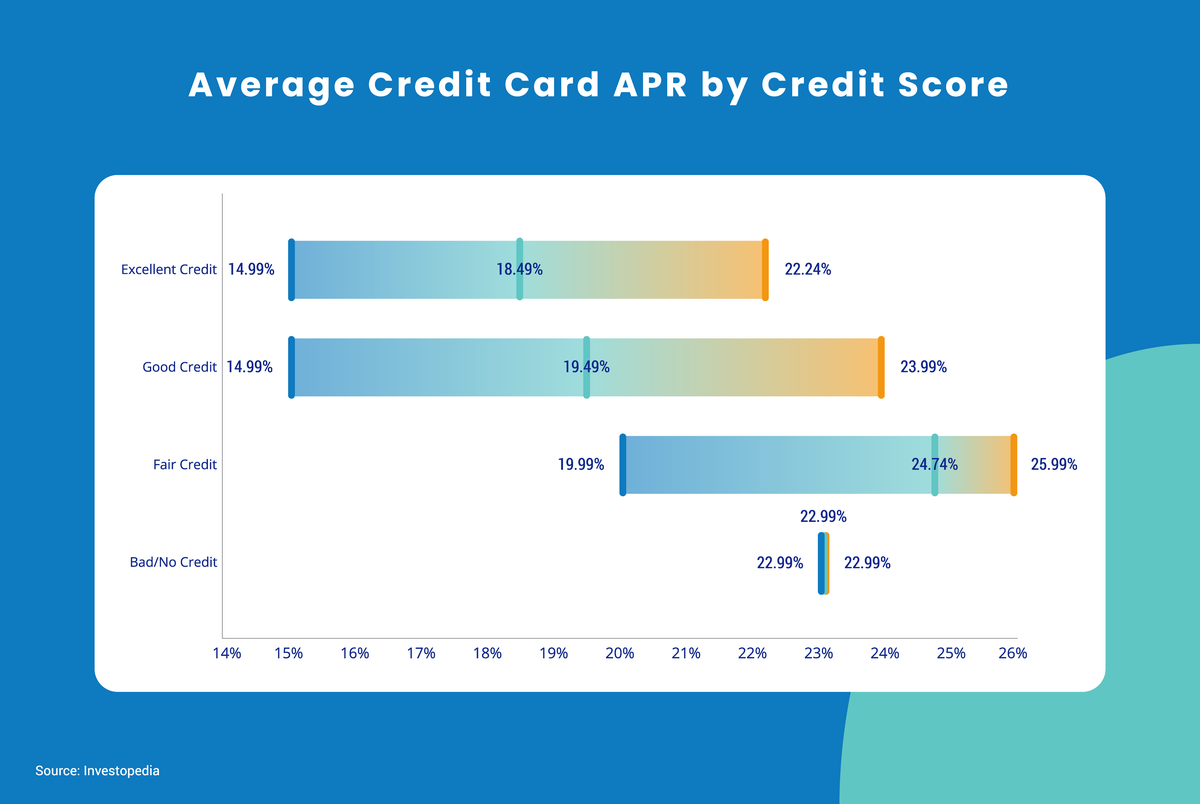
![Credit One Bank Wander® American Express® Card – Full Review [2024]](https://upgradedpoints.com/wp-content/uploads/2021/08/Credit-One-Bank-Wander-Amex-Card.png?auto=webp&disable=upscale&width=1200)

